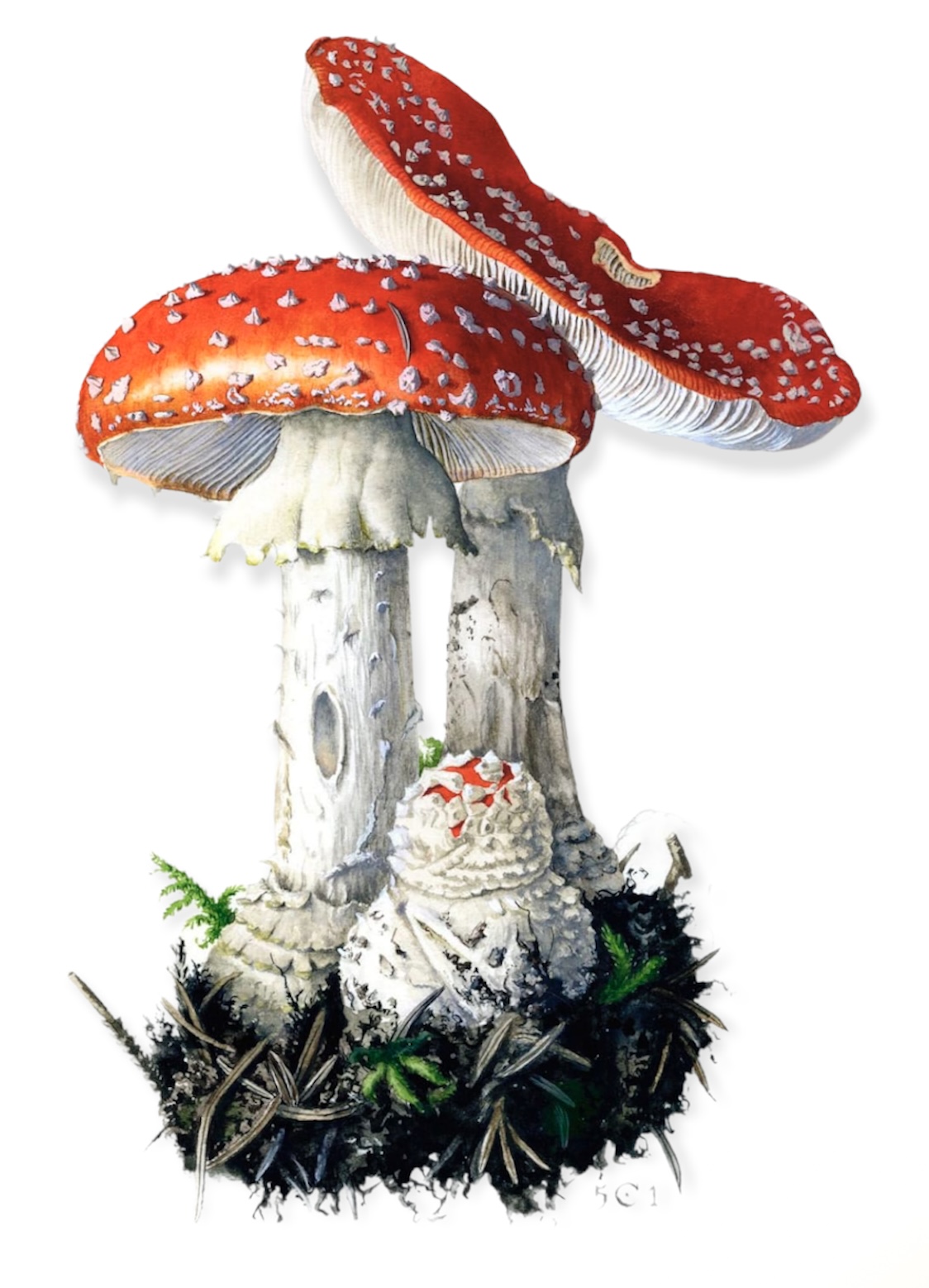Birch Barcket - Fomitopsis betulina
- AmanitaMicrodose®

- May 9
- 2 min read

Fomitopsis betulina popularly known as Birch bracket or Polypore is a saprophyte fungus growing exclusively on dead trunks of Birch trees. It has been present in folk medicine for thousands of years. Fragments of the fungus were discovered in the remains of a man frozen in glacier about 3300 years BC, found in Tyrol in the Alps. Hippocrates described its healing properties as early as the fifth century BC – he recommended its use to cauterize wounds. Folk medicine most often used Birch bracket to treat digestive ailments, such as ulcers, intestinal pain, hyperacidity and cancer. The fungus was believed to have sedative, antiseptic, antihemorrhagic and antiparasitic properties. In external application, it supported the treatment of inflammation of the oral cavity and reproductive organs. Compresses of the Polypore were also used to cleanse and accelerate wound healing. To this day, across the Easter Europe, the mushroom infusion is used in the form of a health-promoting tea.
Nowadays, research is being conducted on the use of Birch bracket in the treatment of cancer, bacterial, parasitic and viral diseases. The possibilities of using the mushroom in the treatment of Alzheimer's disease, hypertension and inflammatory diseases are evaluated.
Action, properties and composition
The health-promoting effect of the Bitch Bracket is due to the rich composition of the mushroom. The active substances contained include:
· fatty acids (palmitic, oleic, stearic, linoleic)
· polysaccharides (piptopran) and beta - glucans
· antioxidants (tocopherols, vitamin C, beta-carotene and lycopene)
· phenolic acids
· terpene compounds such as betuline and betulinic acid
· sterols (neosterol, phytosterol, fungisterol, ergosterol)
· indole compounds (l-tryptophan, 5-hydroxy-l-tryptophan, 5-methyltryptamine)
· piptamine, an antibiotic compound
The compounds contained in Birch Bracket are characterized to have antioxidant, astringent, bactericidal and antiparasitic properties. The fungus lowers blood pressure and glucose levels. Improves memory, brain function and learning abilities. It is suggested that it may have a beneficial effect on sleep and support the treatment of depressive disorders. Some studies indicate the anti-cancer effect of the fungus and its possible use in oncological therapy – however, they are in the initial phase and require further confirmation in clinical trials.

The numerous antimicrobial substances contained in the mushroom, which enable the fungus to survive in the natural environment, can be successfully used for the benefit of us. Birch Bracket extract fights Gram-positive bacteria, fungi and parasites. In addition has an immunostimulatory effect, improving immunity and reducing the symptoms of infection. Piptamine showed antimicrobial activity against a series of Gram-positive bacteria, yeasts and fungi at the level similar to synthetic antibiotics.

Betulin and its derivate Betulinic acid interacts with Sterol Regulatory Element-Binding Proteins (SREBP), which play an important role in activating the expression of genes involved in the synthesis of cholesterol, fatty acids and triglycerides, resulting in lower blood cholesterol levels and the ability to prevent obesity. Betulin also increases the sensitivity of cells to insulin. The mushroom does not produce it by itself but accumulates it from the wood of birches it grows on.






Comments